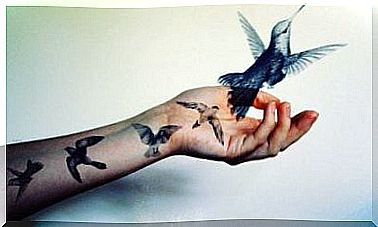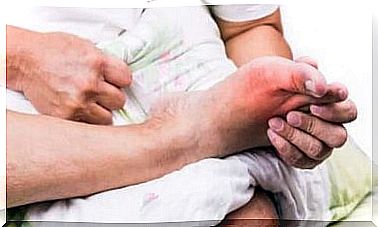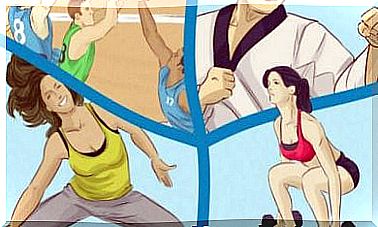Albinism: The Story Of Model Thando Hopa
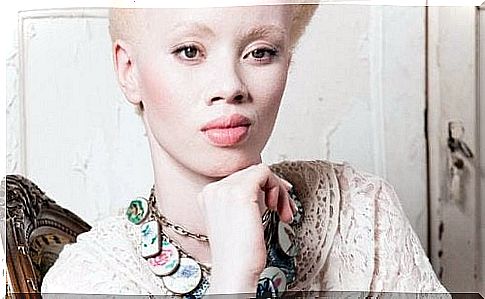
In today’s article, we are going to talk about a topic that is not so well known. It is likely that you have seen a person with albinism, or perhaps you know someone who suffers from this condition in your group of friends or acquaintances.
As you probably know, albinism is a congenital condition. It is characterized by the lack of pigment in the hair, skin and eyes.
Albinism can occur in both humans and animals. Due to the lack of melanin, it is also a serious skin disorder due to its sensitivity to the sun. It is difficult to be an albino person, but the worst area where you can suffer from this condition is the continent of Africa.
In today’s article, we want to share with you the touching story of a young black model with albinism named Thando Hopa. She gives a voice to this reality.
The African model Thando Hopa
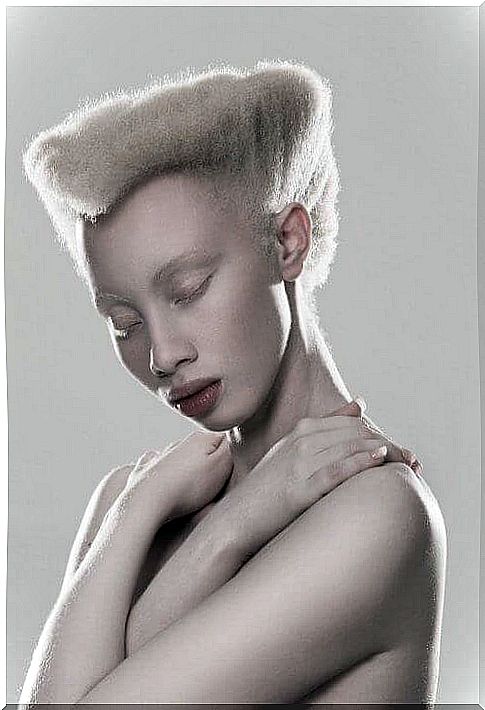
Thando Hopa is a 24 year old model and she is also a lawyer. She considers herself one of the lucky ones, because albinism in Africa is kind of a curse. She went to school in Johannesburg, where her striking appearance attracted a lot of attention and ended up on stage and in magazines.
Ms. Hopa is one of the few black models in the world with albinism.
Perhaps because of her success and experiences, she chose to study law to give voice to the stigma and social drama that exists in Africa and is little known in the rest of the world.
The curse of albinism in Africa
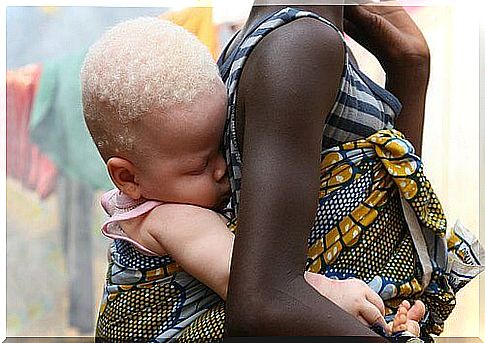
It may come as a surprise, but in Africa albinism is more prevalent than anywhere else in the world. This is especially true for Tanzania. Experts are not yet sure what causes this phenomenon. One theory is that it is due to the early European inhabitants of this continent during colonialism and the inbreeding that resulted.
There is 15% more albinism on this continent than in the rest of the world.
According to Ms Hopa, having albinism in Africa is primarily a physical problem, but also a social one. Due to the strong sunlight and lack of resources, skin cancer and blindness in people with albinism are very common. They are also despised by others.
People with albinism are called “Zeru-Zeru”, which means something like the devil’s child or ghost. People think that albinism has been transferred to mankind as a curse. As the curse of the parents, whose sins are reflected in the ghostly appearance of their child. This can lead to social rejection and exile.
What’s worse is that a living albino in Africa is worth nothing, but a dead one all the more. Why? Certain tribes, social groups and healers in Africa believe that the blood and organs of albinos contain medicinal, magical properties.
So albinism can be just as deadly as being a rhinoceros or elephant with ivory tusks. A lot of money is spent to maim or even kill people with albinism.
Abuse of albinos

This is a shocking reality that has been raised by several humanitarian organizations. Groups of armed men appear during the night to kidnap, mutilate or cut off their arms and legs for children and adults with albinism. Many of these people are murdered.
An awful lot of money is paid for their limbs, blood or organs, and these horrific acts go against all humanity and justice.
Albinism in Africa is almost a curse. That is why people like Thando Hopa lend their voices to those who suffer from this, while international organizations do their best to bring this matter to light. This is a serious problem, especially in Tanzania.
Despite their efforts, many people with albinism die every year. They die both from crimes and as a result of health problems from their condition. Sunburn, infections and cancer are just a few of the threats they face.
Today there are many children in Africa who have to learn to survive without legs or arms. And many of them have not lost their optimism, despite suffering from the most severe social stigma in their society.

